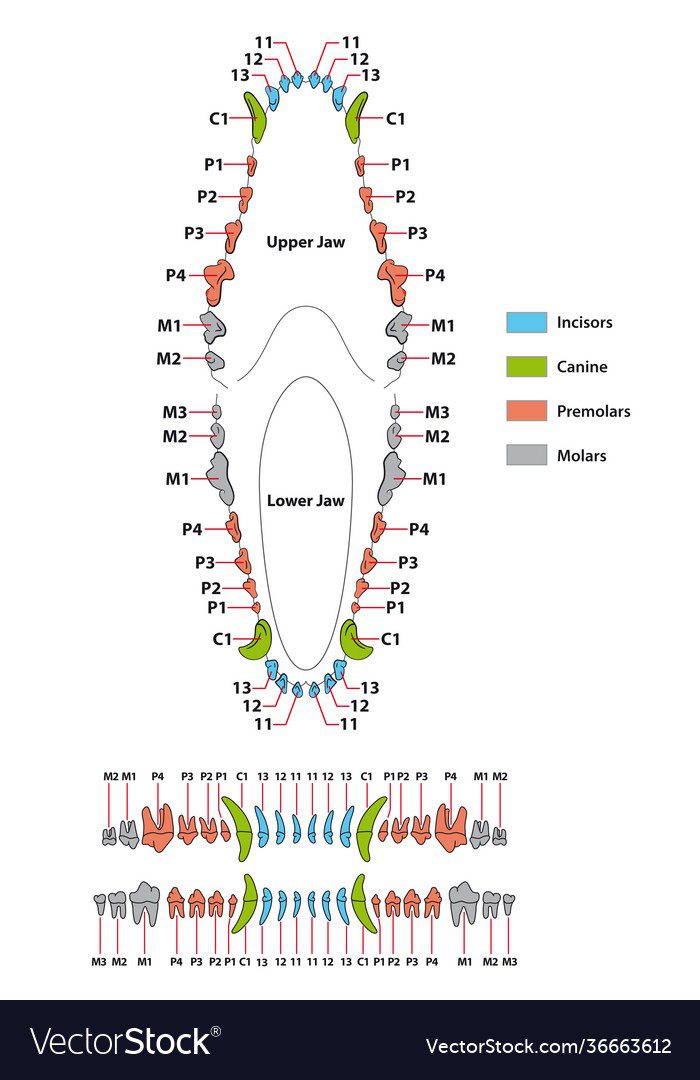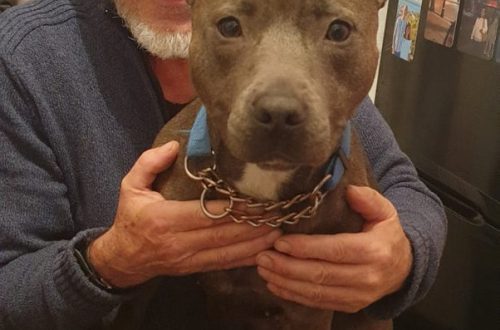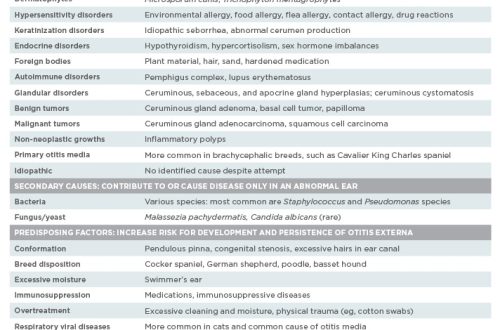
Dental formula of dogs
Normally, all dogs have 42 molars, but some breeds with short muzzles, the so-called brachycephals, may have missing teeth (oligodontia). There is also such a disadvantage as an increased number of teeth (polydontia). An alphanumeric designation is used to record the dental formula of dogs.
- Incisors (Incisivi) – I
- Caninus — P
- Premolyar (Premolars) — P
- Molars (Molares) – M
In the prescribed form, the dental formula of dogs looks like this: upper jaw 2M 4P 1C 3I 3I 1C 4P 2M – 20 teeth lower jaw 3M 4P 1C 3I 3I 1C 4P 3M – 22 teeth tooth, and the letter indicates the type of tooth: upper jaw M2, M1, P4, P3, P2, P1, I3, I2 I1, I1 I2 I3, C, P1, P2, P3, P4, M1, M2 lower jaw M3, M2, M1 , P4, P3, P2, P1, I3, I2, I1, I1, I2, I3, C, P1, P2, P3, P4, M1, M2, M3
If you describe it in simple terms, then in the upper jaw of the dog there are 6 incisors, 2 canines, 8 premolars, 4 molars, in the lower jaw – 6 incisors, 2 canines, 8 premolars, 6 molars.
However, the dental formula of the milk teeth of dogs looks different, because. the P1 premolar is indigenous and has no deciduous antecedent. Also, M molars do not have milk antecedents. Therefore, if you write the dental formula of milk teeth, it looks like this: The dental formula of dogs before the change of teeth is as follows: upper jaw: 3P 1C 3I 3I 1C 3P – 14 teeth lower jaw: 3P 1C 3I 3I 1C 3P – 14 teeth or upper jaw : P4, P3, P2, C, I3, I2, I1 I1, I2, I3, C, P2, P3, P4 lower jaw: P4, P3, P2, I3, I2, I1 I1, I2, I3, C, P2, P3, P4
Change of teeth in dogs
The change of teeth in dogs occurs on average at the age of 4 months. And it happens in the following order:
| The sequence of changing teeth in a dog | Name of teeth | Dog tooth age |
| 1 | Fall out incisors | 3 – 5 months |
| 2 | Fangs fall out | 4 – 7 months |
| 3 | P1 premolar grows | 5 – 6 months |
| 4 | Milk premolars fall out | 5 – 6 months |
| 5 | Molars grow M1 M2 M3 | 5 – 7 months |
Note: Premolars and molars without deciduous antecedents grow and remain forever. It is worth noting that some breeds of dogs have features. For example, the premolar does not grow. Or the molars grow when changing teeth, but the milk ones do not fall out. In this case, it is worth contacting a dentist and resorting to the removal of milk teeth. Polydontia and oligodontia can indicate genetic imbalance, improper feeding or previous diseases (rickets, lack of calcium), because almost all dogs have a 6 * 6 incisor formula at the genetic level. Also bite is important. Most breeds should have a scissor bite, but there are breeds where undershot bite is normal (brachycephalic).
Dental formula of dogs: the purpose of each type of teeth
Now let’s talk more about the purpose of each type of teeth. Cutters – Designed for biting off small pieces of meat. Fangs – are designed to tear off large pieces of meat, and their important function is protective. Molars and premolars – designed to crush and grind food fibers. It is worth noting that healthy teeth should be white without plaque and darkening. As dogs age, tooth wear is acceptable. It can even be used to determine the approximate age of the dog.





